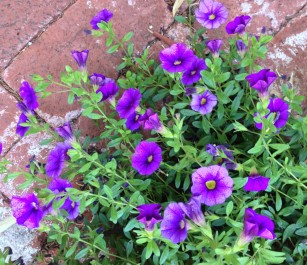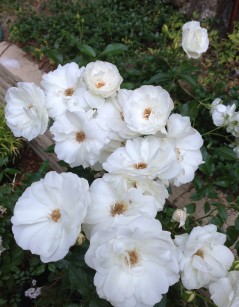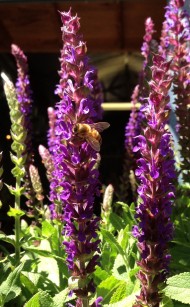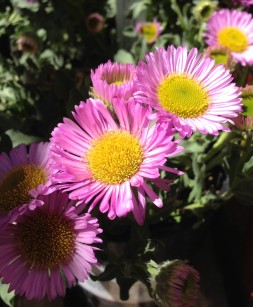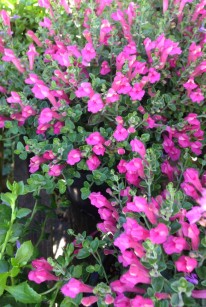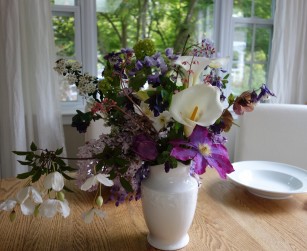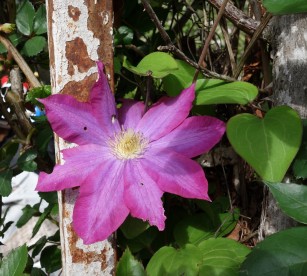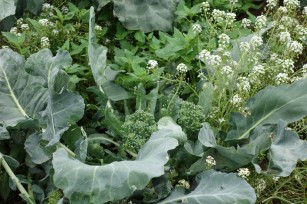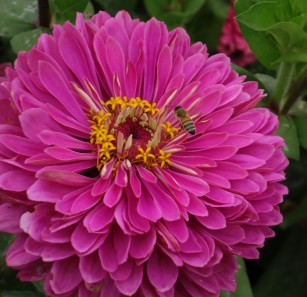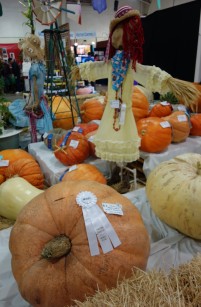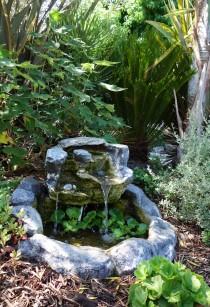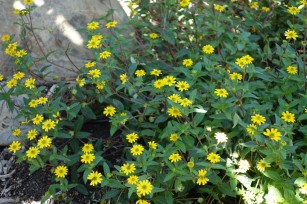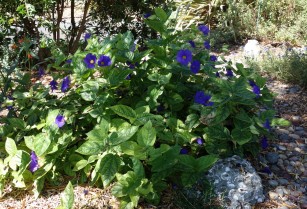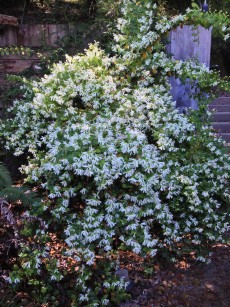 To quote Robert Frost from his 1914 poem ?Mending Walls? , ?Good fences make good neighbors?. When I visited eastern Poland a couple of years ago each house and garden was enclosed with a fence of some sort. Some fences were wood, some stone, some ornamental iron and some were plant hedges that divided properties. I thought the living hedges were the most beautiful and neighborly. Whether you need to screen a water tank or noisy road or the neighbor?s second story window there are lots of choices. Plan now to be ready for fall planting season.
To quote Robert Frost from his 1914 poem ?Mending Walls? , ?Good fences make good neighbors?. When I visited eastern Poland a couple of years ago each house and garden was enclosed with a fence of some sort. Some fences were wood, some stone, some ornamental iron and some were plant hedges that divided properties. I thought the living hedges were the most beautiful and neighborly. Whether you need to screen a water tank or noisy road or the neighbor?s second story window there are lots of choices. Plan now to be ready for fall planting season.
There are many kinds of plants that make good living fences. Recently I designed a screen for a narrow yard along a busy street. We didn?t want to enclose the area with dense plants that would take up too much space and not allow her to enjoy a view of the beautiful neighborhood but still she didn?t want every person walking their dog to look into her kitchen window. Some of the plants we chose will display a graceful, weeping habit. Others are wispy and columnar. Still others are compact.
Many people only think of plants that remain evergreen when they need screening. However, if you use one-third deciduous plants to two-thirds broadleaf evergreens they will weave together and you won’t be able to tell where one leaves off and another begins. This makes mature hedges secure borders, especially if you throw a few barberries or other prickly plant into the mix.? You’ll also get seasonal interest with fall color and berries for wildlife.
Pittosporum Silver Sheen, westringia ?Wynabbie Gem?, leptospermum, nandina, Lily-of-the-Valley shrub and English laurel also make great screens and hedges. What other plants can you use that would be beautiful, productive and practical in all seasons?
Many times a screen may start in the sun but end up in mostly shade. For your sunnier spots why not mix in a few dwarf fruit trees for you to enjoy, ceanothus and Pacific wax myrtle for the birds, barberry for beautiful foliage and fall color, spirea, rockrose, escallonia and quince for their bright flowers and fragrant lilacs for cutting in the spring?? The shadier side can include Oregon grape for fragrant, yellow winter flowers, snowberry for those striking white berries in the fall, oak-leaf hydrangea, viburnum and native mock orange for blossoms in the spring.
Loropetalum chinense or Fringe Flower is a handsome evergreen shrub that comes in two versions: green foliage with white flowers or burgundy foliage with raspberry flower clusters. Flowering is heaviest in the spring but some bloom is likely throughout the year. They thrive in sun with occasional water or part shade? The burgundy form would add color to a woodland garden and they even do well in a container on the patio.?? You can prune it to any size but please don’t turn it into a tight ball and ruin it’s shape. Another plus is that it is not attractive to deer.
Variegated Mint Bush is another shrub to consider for a living hedge. Creating pleasing 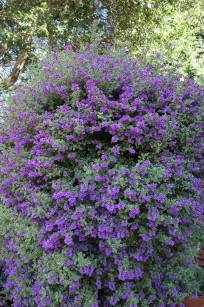 plant combinations is a big part of gardening and this one would look great alongside a Fringe Flower of either color. Allow each plant to interweave and grow together. The Mint Bush will grow 4-6 feet tall and 3-5 feet high. The foliage smells very strongly like mint so deer avoid this shrub, too.
plant combinations is a big part of gardening and this one would look great alongside a Fringe Flower of either color. Allow each plant to interweave and grow together. The Mint Bush will grow 4-6 feet tall and 3-5 feet high. The foliage smells very strongly like mint so deer avoid this shrub, too.
To keep down maintenance, mulch around your plants and install drip irrigation. There won’t be any pruning to do if you choose plants that grow to the height you want. Mixed hedges appeal to bees, butterflies and songbirds while also providing flowers, berries and color throughout the year for you to enjoy.
How close should you plant a mixed hedge?? Depending on the mature size of the plant spacing could be from 3-5 feet part If you want a quick, thick screen.This gives them room to breathe and develop their own shapes. Fast growing plants can be space 5-6 feet apart or more and will usually full in within 5 years.
Provide the best growing environment for the fastest results. By this I mean amending the soil at planting time if your soil is not very fertile. Cover the soil with mulch and fertilize with compost or organic fertilizer. Watering deeply when needed especially during the first three years after planting when young plants put on a lot of growth. Formal hedges are fine for some gardens but think of all the added benefits you’ll get planting a mixed hedge.

